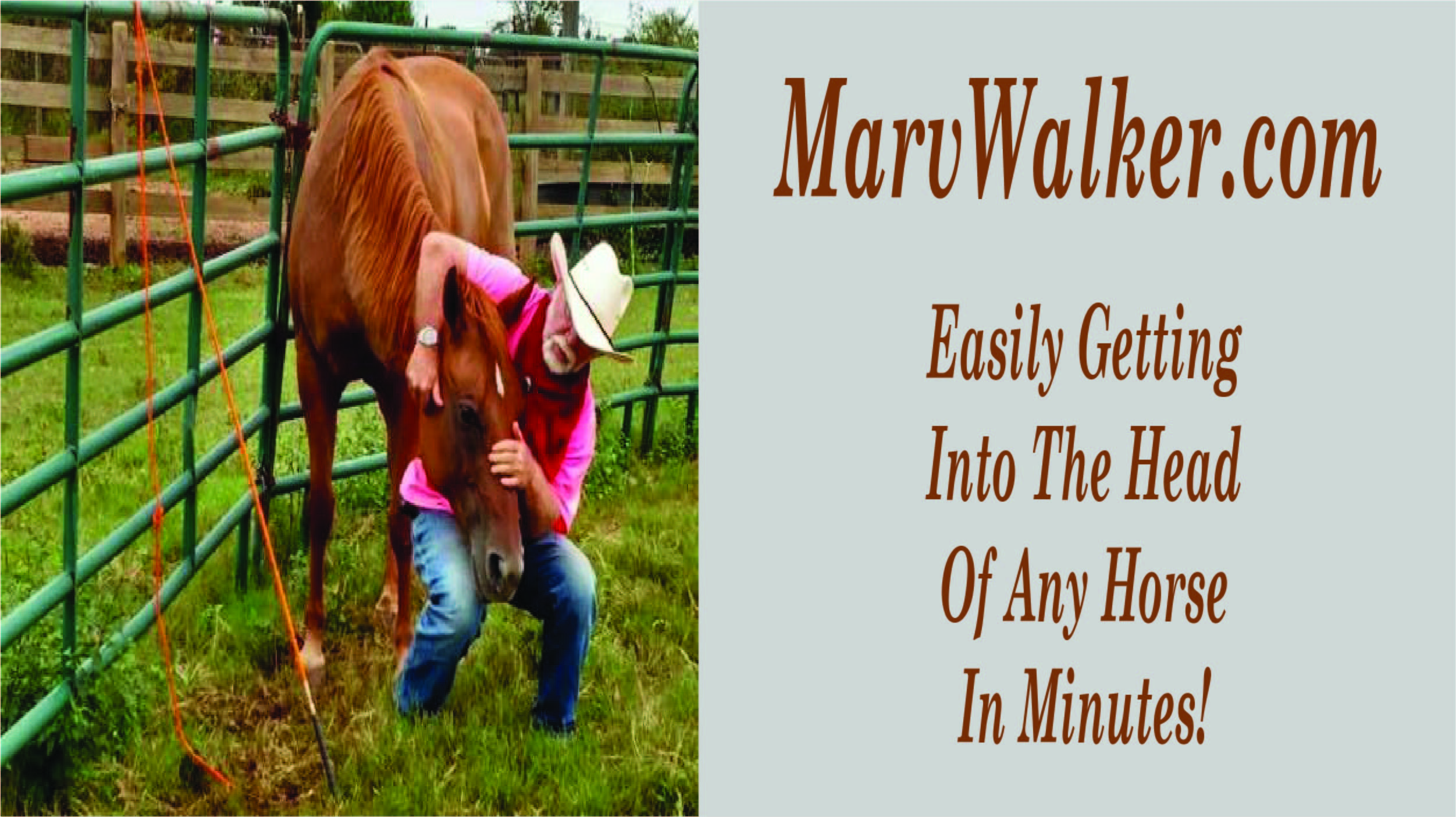



Anyone who objectively watches a herd of horses interact over time will see there is one horse in the herd who says, "I am the boss and if you do not do what I want I will pound sand up your nose."
And, with rare exceptions, all the other horses in the herd respond, "Okay." All the other horses accept it as simply the way it is.
When you think about it, that interaction is what produces peace and harmony in the herd. There is one horse who gets her way (I say her because it's usually always a mare) . However, every other horse in the herd also gets its way as well based on a ranking or "pecking order." There is always someone to boss around.
Now then, I can hear you thinking, "But what about the lowest horse on the pecking order, who does it get to control?" Itself. It decides whether to give way or resist and it almost always chooses to give way or it would not be at the bottom of the totem pole. See? There is something for everyone.
What determines the herd ranking that promotes peace and harmony in the herd?
The ability to set the rules and enforce them - discipline.
How is this enforcement accomplished?
With whatever physical force is required on a sliding scale determined by the level of disobedience decided upon by the one setting the rule.
If you throw out a bale of hay the leader will go to it and say, "Mine! I control it!" Sometimes its mere presence gets the message across. Sometimes turned back ears get the message across.
If another horse says, "I don't care about your rule, I'm going to get me some too," then the physical force escalates and biting, kicking, begins until one of the parties backs off. If the herd leader backs off first then we have a new leader. If the transgressor backs off harmony is restored.
Once the altercation is over both horses forget it and both accept the result.
Horses use the physical force required to enforce their wishes. It is as natural and acceptable to them as breathing.
I maintain it is more productive to operate within the horse's world and understanding than it is to drag the horse into the human world and understanding. When we operate within the horse world we don't have to spend a lot of time letting the horse figure out how to get along in a foreign land.
By understanding how the horse world works we can bring the horse into the human world and recreate a little horse world within the human one. Everything we expect a horse to do in the human world it already does in the horse world. By understanding the horse world we can incorporate that into our horse relationships.
There are times when horse oriented discipline is required. If the horse blatantly ignores your space it needs to be warned with turned back ears (ANNNNT!!) and if it persists it needs to be bit. One steps up the physical response as needed to get the response one needs to enforce the wishes of the leader.
The message to the horse needs to be: "This action causes you discomfort."
It is a message the horse understands.
Now then, the application of physical force MUST BE IN ACCORDANCE WITH THE HORSE'S UNDERSTANDING, NATURE AND SENSE OF FAIRNESS. And it must be applied ONLY to the degree necessary to overcome an obvious challenge to your leadership and it MUST be stopped the moment the challenge stops.
If you are not being challenged you cannot use physical force. And not every refusal to do something is a challenge. A challenge is when the horse is obviously saying to you by its actions that you are nothing to it - deliberately moving into your space, pinning ears, snaking neck, threatening to kick, biting or any other indicator of physical action towards you.
Refusing to cross a creek or do what is asked of it is not a challenge no matter how we may view it. A challenge is when the horse plainly says you mean nothing to it and if it wanted to it could squash like a bug.
If challenged with a physical action respond with a physical action.
The horse will accept the result no matter which way the confrontation goes. In some cases the horse will up the challenge and one must be prepared to up the response. In all my years with horses I can count on my fingers the number of times I have had horses up the challenge when corrected. It can happen and one must be willing to do what it takes to overcome the challenge.
When using physical force you must allow the horse to call it off. When it backs off, quit!
Click here to check out my very reasonably priced DVD inventory covering many of the subjects featured on my site's pages in greater depth.
For Further Information Contact Marv Walker 706 816-7190 Evenings 9 to 12 PM
Questions, comments or suggestions